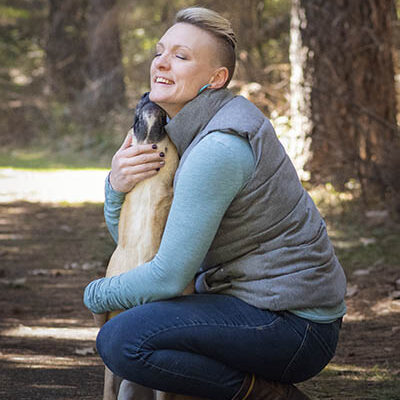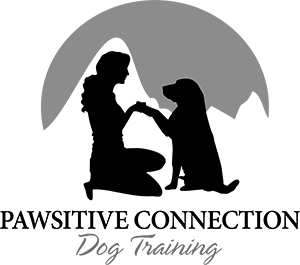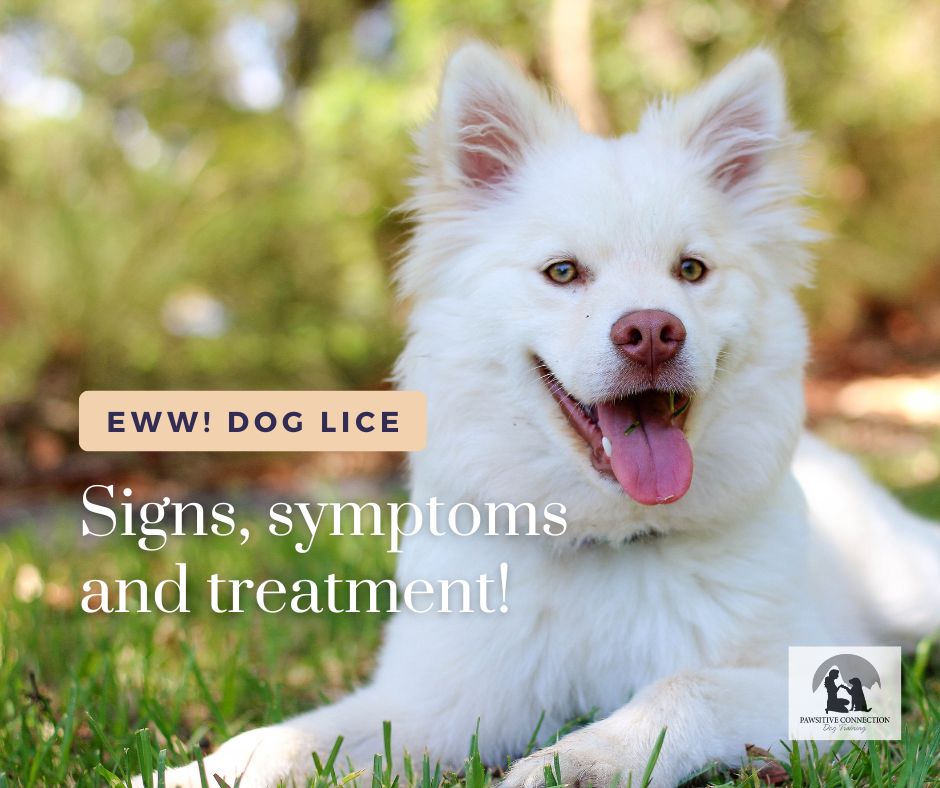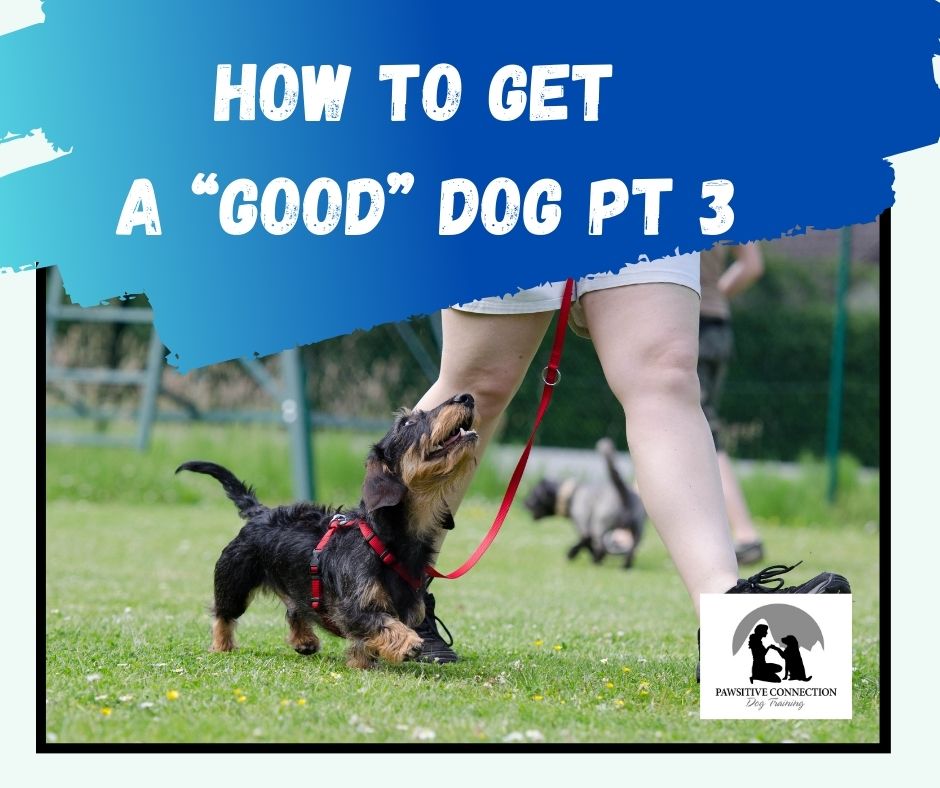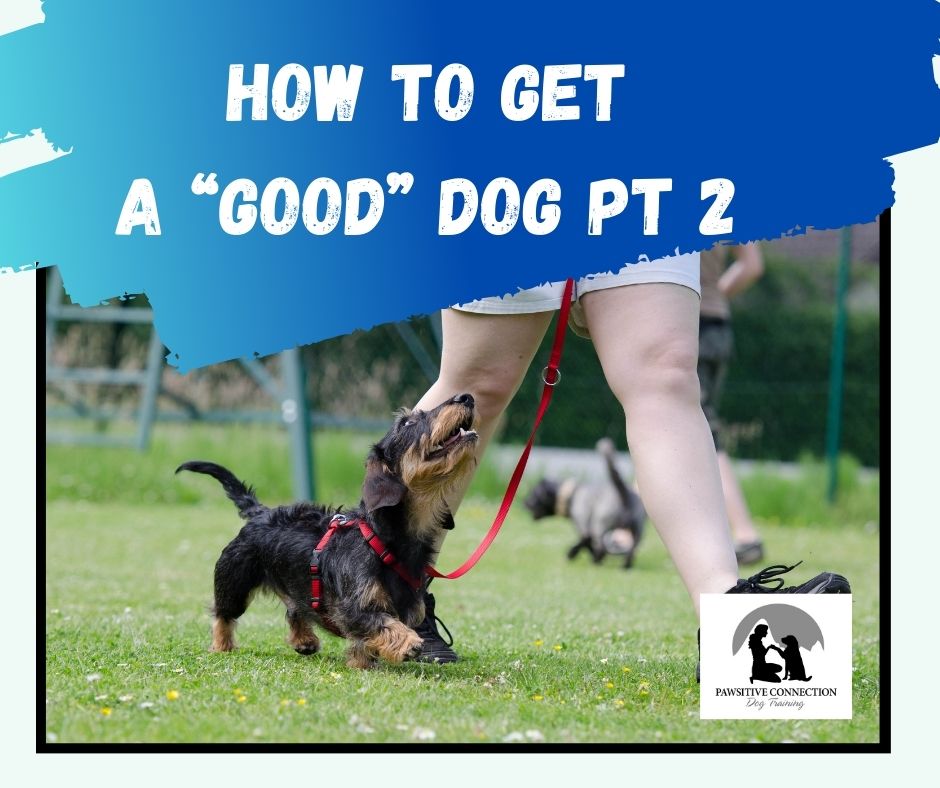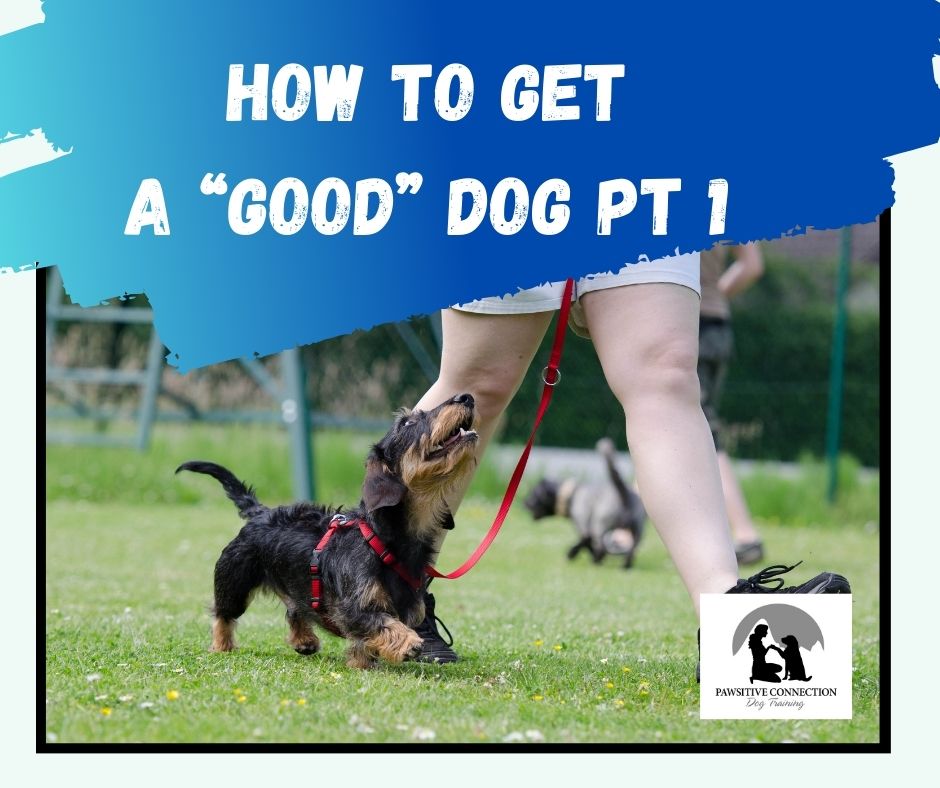Nothing makes a person itch faster than talking about lice. I remember when I was teaching Kindergarten and noticed the top of a little girl’s head moving. She was infested with lice and it took everything I had to remain calm and comforting to this five-year-old. I itched the whole rest of the day and was hyper aware of all the other children’s heads. I am a little itchy just thinking about it.
Dog lice, although just as icky, is not the same as people lice. Dog lice only likes what it likes and is species specific. You, frankly, don’t have the body chemistry to be attractive to dog lice. Dog lice is not contagious to humans. Dogs will pick it up from other dogs who have been infected. It is spread where dogs come in close contact with other dogs. The lice cannot jump, hop, or fly. They will cling to the hair of your pup.
There are two types of dog lice, chewing and sucking. Sucking lice suck blood and chewing lice, which is most common in North America, chew the skin.
Dog lice are the size of sesame seeds. Here is what they look like. These photos are the real deal and provided by my groomer, Brytany and what she sees in her practice and what has been pulled off client dogs.
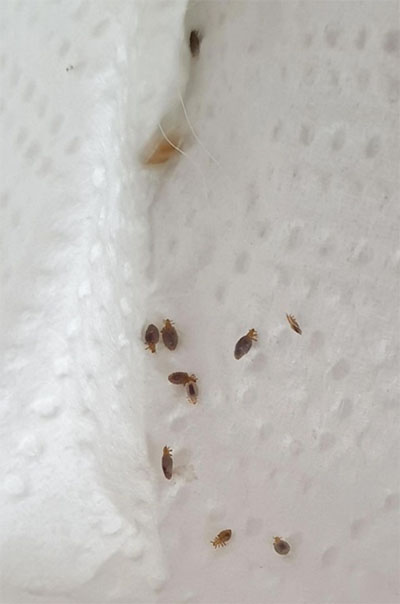
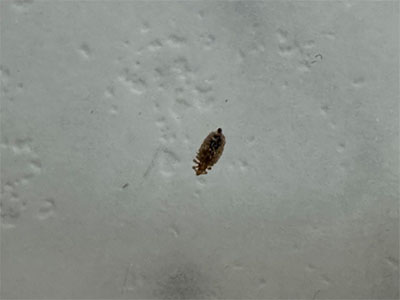
These little buggers were pulled off a dog, and just by looking at the photos, you would think they are easy to spot. Wrong! The adults can be easier to spot than the eggs, which look like dandruff. Sometimes you need to zoom in with your camera lens to determine if the skin is skin or has legs. Lice has six legs and are tan in color.
Signs your pup might have lice are:
- INTENSE ITCHING AND SCRATCHING
- ROUCH, DRY OR MATTED COAT
- RESTLESS BEHAVIOR
- LOSS OF HAIR (especially around eyes, neck, shoulders, groin and rectal areas)
- SORES OR INFECTIONS
- ANEMIA (in extreme cases)
- TAPEWORM
If your pup is infected with lice, it takes approximately 6 weeks to fully treat. Many people will go with conventional treatments such as Frontline or Revolution or other insecticides which should be given every two weeks, three times for a total of 6 weeks. These treatments are absorbed through your dog’s skin and can cause side effects on their own such as itching and seizures.
Use Natural Products for Dog Lice
I like to fight nature with nature, all the while, protecting my pup’s body. I use natural products like Neem oil, apple cider vinegar, Diatomaceous Earth, and essential oils that lice hate such as lavender, rosemary, and eucalyptus. Please keep in mind when using essential oils that not all oils are the same. I recommend using 100% natural oils such as those made by DoTerra. Cheap oils are not natural and are not helpful. If you need natural essential oils, I can hook you up. Just let me know!
Here is a shampoo recipe taken from Dog’s Naturally Magazine for a healthier option.
INGREDIENTS
- 1 cup of water
- 1/4 cup of mild liquid castile soap
- 2 T of neem oil
- 1 T of almond oil or olive oil
- 10 drops of rosemary essential oil
- 10 drops of lavender essential oil
DIRECTIONS
Combine the water and castile soap. Add the neem oil, almond or olive oil, and essential oils to the mixture. Stir gently to blend the ingredients. Transfer the mixture into a clean, empty shampoo bottle or a mason jar with a tight lid.
Wet your dog’s coat with warm water, then apply the shampoo starting from the neck and working your way down to the tail. Massage it into the skin and coat, focusing on areas where lice are most likely to be found. Leave the shampoo on your dog for a few minutes before rinsing.
After rinsing, use a fine-toothed lice comb to comb through your dog’s fur to remove any lice or nits that may still be there. Wipe the comb often with a clean cloth. Shampoo and comb your dog as needed until the lice are eliminated.
Once you know what to look for, you can spot and treat dog lice confidently. Make sure to wash all bedding, toys and grooming tools. I am not saying you won’t itch while doing it, but you will know you are handling the problem efficiently.
For more stories and expanded information on this topic, please listen to Episode 43, “Ewww Dog Lice” with myself and Brytany. It will surely make you itch! Click on the link below.
If you have questions about socializing or training your dog let me know. I'm happy to help!
Please email at Stephanie@pawsitiveconnectiondogtraining.com
~ Stephanie
